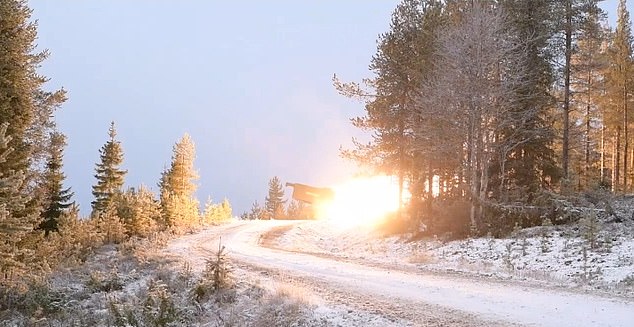With a deafening whistle and a bright flash of light, an American M270 rocket battery sends a barrage of missiles into the -7°C air.
This is Rovanmieni, in Finnish Lapland. North of here is nothing but arctic tundra, but just 80 kilometers to the east (well within range of the rockets we just saw fired) is Russia.
We are at NATO’s newest border, an 830-mile stretch of border that the alliance now shares with Vladimir Putin after Finland abandoned decades of neutrality to join the military pact, fearing invasion.
If the despot decides to send his troops across the border, this pristine winter wonderland – best known for Santa Claus and his reindeer – could become NATO’s new blood-soaked front line.
And that terrifying prospect came a little closer this week after Joe Biden allowed Ukraine to fire long-range ATACMS rockets at Russia, followed by Starmer giving a similar go-ahead to Britain’s Storm Shadow missiles. Putin responded by lowering the threshold for using his nuclear weapons.
Inside the Arctic Circle, we received the news amidst volleys of artillery fire. The threat of World War III hangs in the air along with our breath.
Everyone here, from the generals to the recruits, insists that Russia has nothing to do with what is happening: this drill, called the 24th Dynamic Front, has been planned for a long time, is carried out every year and is not designed to send a message to someone in particular.
Maybe, but it’s obvious to everyone here that if Putin decides to take on NATO, frozen landscapes like this could soon become battlefields.
In fact, that is one of the reasons we are here, so that NATO and its troops can get used to operating in these frigid conditions.
The M270A2 Multiple Launch Rocket System fires rounds during the 25th Dynamic Front
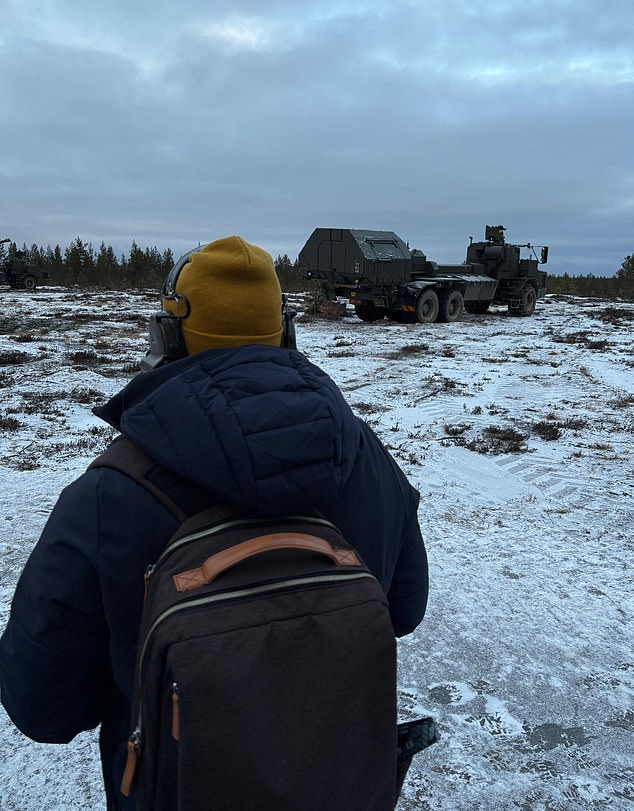
“It’s obvious to everyone here that if Putin decides to take on NATO, frozen landscapes like this could soon become battlefields.”
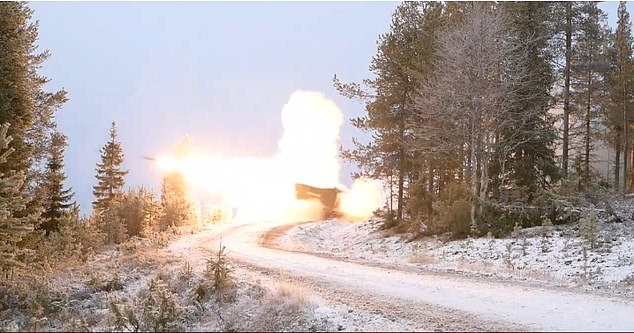
Dramatic video shows projectiles being launched on November 17 during NATO exercises
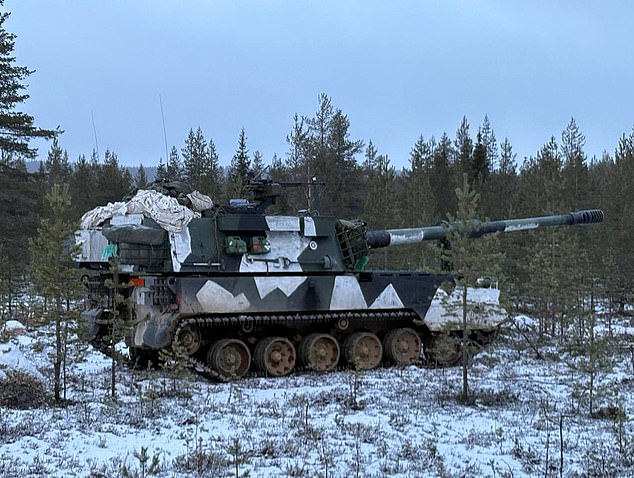
A tank participating in NATO joint exercises at the Ravajarvi training area, Rovaniemi, Finland
That’s harder than it seems. -7°C, we are told, is unusual heat for this time of year. -20°C is more typical, although -30°C is not unheard of. We receive only four hours of light a day. Further north, the sun rises at midnight and sets at 1 a.m. Last year at this time, the snow was already half a foot thick.
The other reason we are here is so that NATO can practice firing its big guns: 155mm cannons of the type Ukraine is consuming ammunition and rocket artillery that has been used to great effect against the Russians.
Artillery is known as the king of battle and rightly so. For all the attention paid to novel weapons like drones, it’s the old-fashioned cannons that do the legwork in Ukraine.
An estimated 70 percent of the 700,000 Russians killed or wounded in this war to date were killed by artillery shells and the red-hot shrapnel they spew when they explode.
For us there were Caesar and Archer, respectively French and Swedish, both donated to kyiv.
They are built specifically for the kind of war that the Ukrainians are fighting and that the rest of NATO will have to learn to fight: a war in which eyes are everywhere thanks to spy drones and in which any vehicle that remains too much time outdoors runs the risk of being blown to pieces by an FPV.
Both artillery pieces aim to avoid this fate with a tactic known as “shoot and slide”: deploy, fire, and move away again before the weapon can be detected and fired.
Caesar can deploy in 60 seconds, its five-man crew can unload three rounds in 15 seconds, pack up and then move away in 40 seconds. Archer is even more impressive, just 20 seconds from start to finish and his three-man crew doesn’t even have to leave the comfort of their air-conditioned cabin to do it.
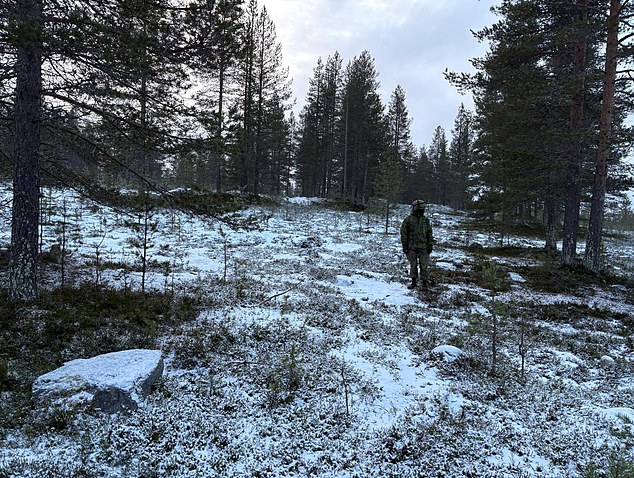
Everyone here, from the generals to the recruits, insists that Russia has nothing to do with what is happening.
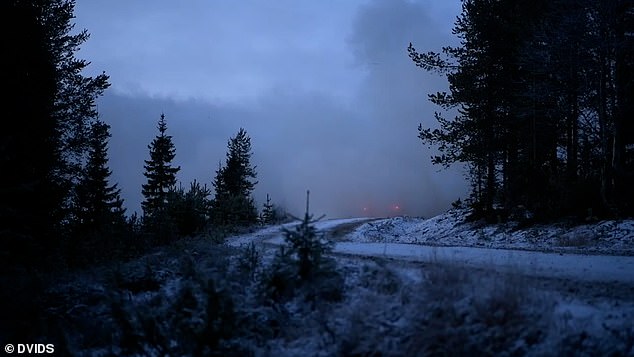
If Putin decides to take on NATO, frozen landscapes could soon become battlefields
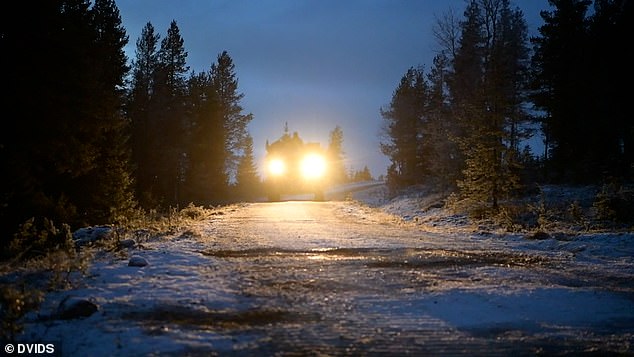
NATO’s newest border is an 830-mile stretch that the alliance now shares with Vladimir Putin after Finland abandoned decades of neutrality to join the military pact.
The British troops we spoke to – firing the Archer alive for the first time after the MoD bought it from Sweden last year – were singing its praises. Trigger times, they said, were measured in “seconds, not minutes.”
Also on display was the K-9, a South Korean artillery piece that would likely form the backbone of any NATO army sent to confront the Russians. There are already hundreds of them in Europe and more are on the way.
It’s known as the “Thunder” and it’s not hard to see why: the dull thud it makes when fired can be heard for miles.
The K-9s have tracks instead of wheels, meaning they can traverse rougher terrain than the Caesar or Archer, but they are not as fast, which slows down their “shoot and slide” time. That’s why they also have more armor, just in case.
Not to be outdone, the Americans were showing off the M270A2, a slightly different type of artillery that fires rockets instead of projectiles.
This version, they said, is completely new and features an improved armored cockpit and fire control system (the military talks about the computer that points the gun), but visually it is almost indistinguishable from the version sent to Ukraine.
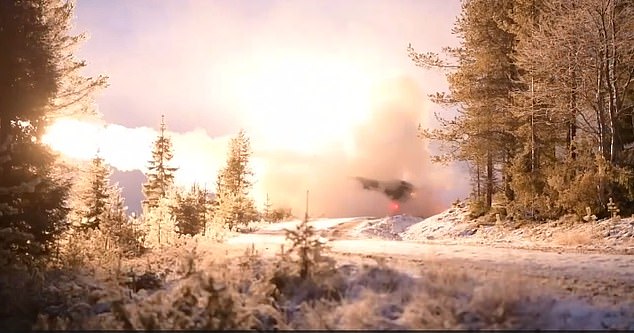
The Americans were showing off the M270A2, a slightly different type of artillery that fires rockets instead of projectiles.
There are dozens of these currently in use in kyiv, and most likely Zelensky’s generals used them earlier this week sending ATACMS missiles to Russia, the first time a long-range Western missile has been used in this way.
The M270 is not as famous as its little brother, the HIMARS, but it is perhaps even more formidable.
HIMARS carries a missile pod on its back loaded with six rockets that can fire up to 190 miles, much farther than conventional artillery that can typically hit a target about 25 miles away.
Those six missiles can be exchanged for a single ATACMS, a type of ballistic missile with a massive range of 300 kilometers.
The HIMARS has wheels, so like the Archer or Caesar, it can “shoot and glide” incredibly fast, perfect for ambushing Russian ammunition depots and command posts for which it is famous.
On the contrary, the M270 has tracking and is therefore slower, but what it lacks in speed it makes up for in firepower: two pods with 12 missiles or two ATACMS missiles, twice as many as the HIMARS.
Because of this, Ukraine has preferred to use these systems for ATACMS attacks, probably calculating that putting fewer vehicles in the field with multiple rockets gives the Russians a lower chance of successfully detecting and destroying them, even if they remain longer.
Testing dozens of these launchers right on Putin’s doorstep is designed to send a message, even if no one here will quite admit it: Ukraine has given you a hard time with just a handful of these things. We can make your life much more difficult than that.
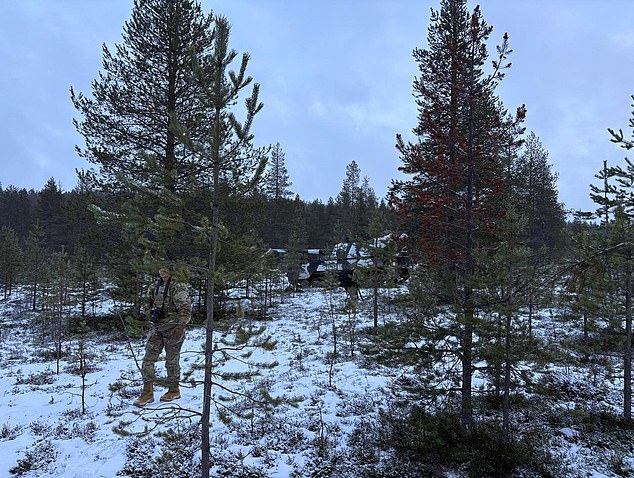
A soldier is seen on the frozen tundra at the Finnish training camp.
After a week in which the thunder of artillery is an ever-present companion, the cannons are silent.
We are taken to a conference center and told that the exercise was a resounding success: NATO is more united than ever and ready to face any threat that comes its way.
It had better be so, because lurking on the horizon is the Russian ruler who seems completely unfazed when it comes to taking on the West and all it represents, hell-bent on returning Russia to its imperial glory and unafraid to spill an ocean. of blood to achieve it. .
While we wait to board the plane home, a squadron of Finnish F-18 fighters uses the runway to take off. If this is part of the exercise, we have not been told.
We watch from the departure lounge as they rise into the sky. Following its flight path, all eyes turn to the east.


